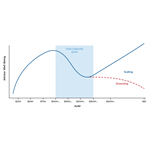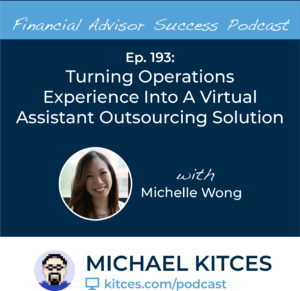 Welcome back to the 193rd episode of Financial Advisor Success Podcast!
Welcome back to the 193rd episode of Financial Advisor Success Podcast!
My guest on today's podcast is Michelle Wong. Michelle is the founder of Nifty Advisor Support, a virtual assistant outsourcing solution serving more than two dozen independent advisory firms across the country. What's unique about Michelle, though, is the way that she's been able to capitalize on the dual trends of outsourcing and virtual teams by pivoting her own career in operations and as a client service administrator into an entrepreneurial venture.
In this episode, we talk in-depth about the rise of virtual assistant solutions for financial advisors. The kinds of advisory firms that choose to hire virtual assistants to help with everything from marketing to client servicing to paraplanning, the typical tasks that especially solo advisory firm owners can outsource to make themselves more efficient, and how Michelle's firm structures its solution to provide support across all three areas.
We also talk about the practical mechanics of how it works when taking on a virtual assistant as a financial advisor. How the typical cost of a virtual assistant is a higher hourly rate than hiring a full-time staff member but may be a fraction of the total cost when firms only have to pay for the productive hours they actually need. The benefits of using an external firm to avoid the responsibility of training staff members on key systems as a busy advisor, how virtual assistants typically work with firms through a combination of task and workflow systems within an advisor CRM and separate communication tools like Slack, and the way that cybersecurity with a virtual assistant can now be managed using third-party solutions like LastPass.
And be certain to listen to the end, where Michelle shares her frustration that so few advisory firms have a clear career track for operations team members the way they often do for their advisors. Why the flexibility and work-life balance of virtual work is just as relevant to operations team members as the rest of the advisory firm team, and the way Michelle has been able to scale her business by finding others in the industry with similar operations and client service experience who want career opportunities with greater work-life flexibility.
So whether you’re interested in learning about hiring a virtual assistant, how Michelle created a career path for operations team members, or how outsourcing can make your firm more efficient, then we hope you enjoy this episode of the Financial Advisor Success podcast.



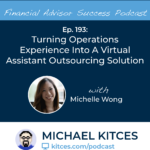


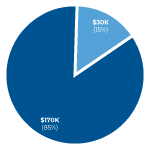
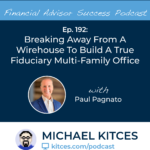
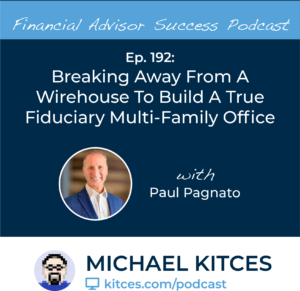 Welcome back to the 192nd episode of Financial Advisor Success Podcast!
Welcome back to the 192nd episode of Financial Advisor Success Podcast!